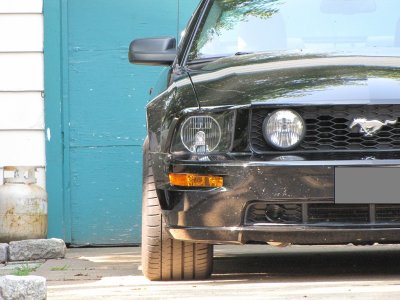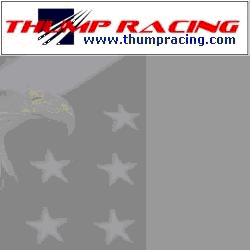Screamin_dutch
Member
Going to replace front control arms and tie rod ends next week, so I need another allignment.
Whats recommended for a street car? I think I have too much neg camber now because the insides are wearing much faster after 5000 miles already and the car tramlines like a b*tch.
If anything, my goal would be car that behaves well and isnt twitchy. Probably a lot to ask for with 275/35/19 front tires.
Whats recommended for a street car? I think I have too much neg camber now because the insides are wearing much faster after 5000 miles already and the car tramlines like a b*tch.
If anything, my goal would be car that behaves well and isnt twitchy. Probably a lot to ask for with 275/35/19 front tires.



